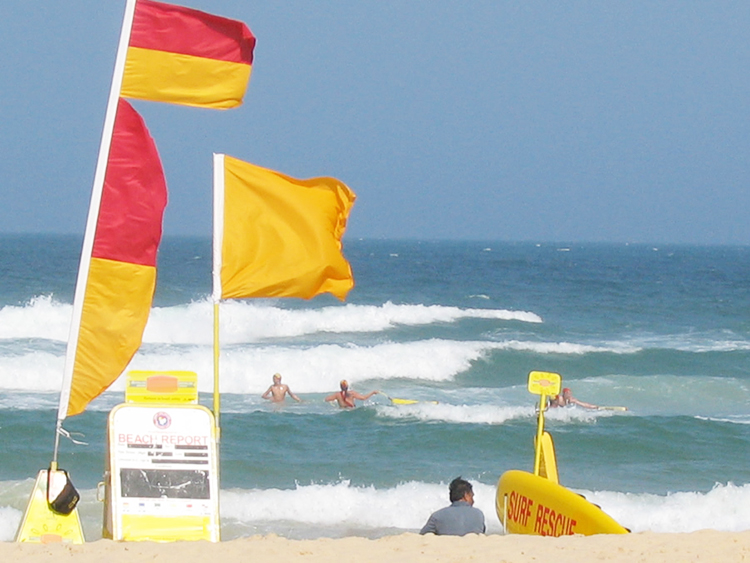The Dangers of Rip Currents and How to Escape Them
Posted by Goggles n More on 28th Jul 2014
Shop Prescription Swim Goggles

The Atlantic Hurricane Season, which runs from June 1 to November 30, is a prime time for potentially deadly rip currents. As hurricanes edge their way to closer to land, they stir up the coastal waters to create strong currents that run perpendicular to the shore, pushing seaward. This poses a serious threat to swimmers whom are caught in the strong seaward currents.
According to the United States Lifesaving Association (USLA), over 80% of all rescues made by the surf beach lifeguards involve swimmers being caught in rip currents. Rip currents are responsible for some 150 deaths annually.
What Is a Rip Current?
A rip current is a strong current of water that runs perpendicular to the shore, ranging in size from 300-2,500 feet in length and 30-40 feet wide. Also referred to as “undertows,” they move at speeds of just 5 miles per hour (MPH) – but that's more than enough power to force even the most capable swimmer out towards sea.
The danger of rip currents lies in their ability to sweep swimmers off their
feet at any given notice, pushing them farther away from shore. Rip currents
won't pull you under, but they will pull you farther out towards sea. Trying to
swim in the opposite direction doesn't work, as you'll burn energy without
covering any ground.
Signs of a rip current may include one or more of the following:
> Noticeable color differences in the water (e.g. light and dark water together).
> Foam, seaweed, or other debris floating outward towards the sea.
> A channel of exceptionally choppy water.
> Narrow section of water moving faster than the surrounding waters.
How to Swim Out of a Rip Current
The biggest mistake swimmers make when caught in a rip current is trying to swim inwards towards the shore. After all, your natural instinct will be to swim towards the shore. Doing so, however, will further deplete your energy and increase the risk of drowning.
Instead of swimming towards the shore, the USLA recommends swimming diagonal to the shore until you are out of the rip current. Think of a rip current as a sea-based treadmill in which you need to step off. Remain calm, cool and collected, and steadily swim diagonal to the shore until you are in calm waters. Once you are out of the rip current, you can then swim directly towards the shore.





